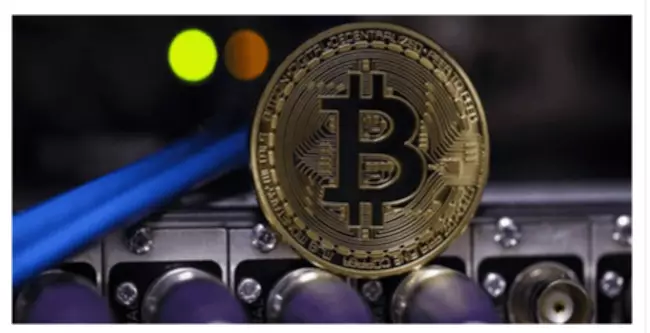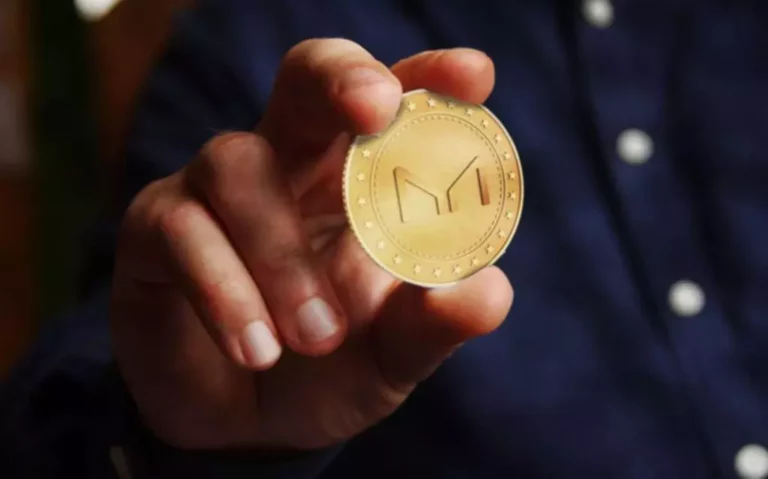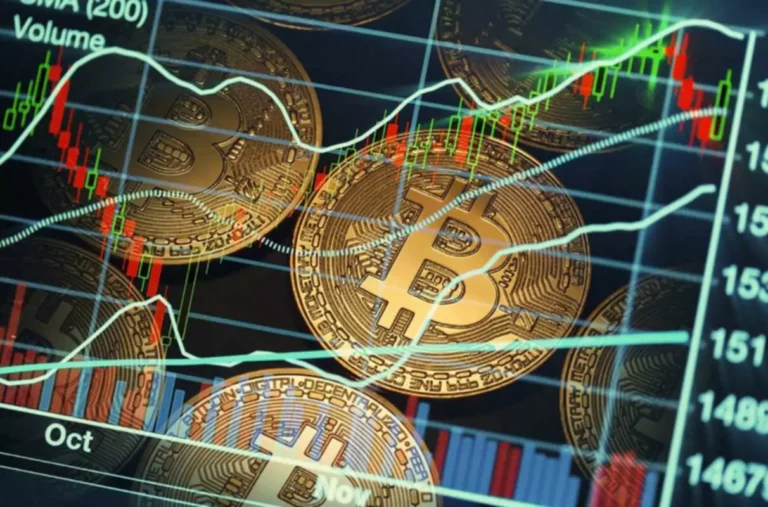Although it is yet to be launched, it promises to offer various DeFi services like OINwap, wallet, Lend, Stabecoi, and DAO. Liquidity is often a challenge in stock, forex, cryptocurrency, and other financial services. It refers to the ease at which an asset can be converted into another without affecting the market price. Many new protocols present very high volatility tokens you can farm with but with a greater risk due to the major fluctuations in the price of the token.

Cryptocurrencies offer decentralization, which eliminates the need for intermediaries like banks and other institutions. However, decentralization also brings some challenges, such as the lack of liquidity. Leveraging Ethereum’s blockchain technology, https://www.xcritical.com/ this platform offers a reliable and secure service. If one investor is holding the vast majority of the LP they can manipulate prices and incur losses. Speaking of losses, there is a specific category of risk connected with farms – impermanent loss.
Kyber Network
There are a number of popular liquidity pool protocols in the cryptocurrency space, including Uniswap, SushiSwap, and PancakeSwap. These protocols use automated market makers (AMMs) to set prices and execute trades, and have become popular among traders and liquidity providers alike due to their ease of use and low fees. To create a better trading experience, various protocols offer even more incentives for users to provide liquidity by providing more tokens for particular “incentivized” pools. Participating in these incentivized liquidity pools as a provider to get the maximum amount of LP tokens is called liquidity mining.

This allows users to access a wide range of liquidity and not be limited to one token or currency. Furthermore, Curve Finance uses advanced smart contracts and yield protocols to maximize user returns while minimizing risk. The protocol also provides users with the ability to earn rewards by staking their tokens in the Liquidity Pool, allowing them to increase their profits through passive income. When trading cryptocurrencies, you’ll likely come across people asking for absurdly high prices or selling their assets for cheap. If you want to be successful in this industry, then you need great negotiation skills and a solid sense of morality. The reality is that not everyone has these traits; however, what most people don’t know is that liquidity pools change the value of cryptocurrencies according to the market exchange rate.
How do you increase the liquidity of a coin? ›
Let’s have a look at the list of best crypto liquidity pools in 2022. The withdraw pool platform allows users to access their tokens at any time and also provides them with real-time data about the liquidity pool. This way, users can make informed decisions about when to withdraw their tokens from the pool. This ensures that prices are maintained at equilibrium levels, enabling more efficient and secure trading for everyone involved.
The most striking highlight of OIN Finance is the underlying Ontology blockchain. Interestingly, OIN Finance is the world’s first DeFi solution powered by this blockchain network. Users can explore a wide range of DeFi services on this new liquidity pool. The notable services on the liquidity pool include the wallet, stablecoin, lending applications, swapping, and DAO. Liquidity pools have arrived as a new concept in the crypto domain.
How much liquidity should a token have? ›
On the surface, most of you would probably know how liquidity pools work. You add liquidity to a DeFi platform and, in return, receive a share of its trading fees. DeversiFi protocol supports public and private cryptocurrency wallets for depositing funds in the native DeversiFi STARKEX smart contract. Traders can leverage the smart contract for facilitating off-chain transactions alongside maintaining on-chain balance. The native token of the protocol, i.e., NEC, helps in carrying out these activities.

As the supply of the token you used to purchase the token you want is increased, the price reduces. This reduces the supply of the purchased token, this also increases the price. But basically the AMM works to ensure that there is an equal ratio of the two tokens within the pool. As Liquidity Providers, anyone can earn yield (we will discuss this more later) and profit off their investment in Liquidity Pools.
Bitcoin Cash
As they would evolve, platforms would be way more dependent on them. For years, we have kept our crypto assets with one of the Centralized Exchanges (CEX) such as Binance, Coinbase, etc. Although they are a good option for liquidity of funds, they become a nightmare when considering the security risks they expose us.

These funds are supplied by users known as cryptocurrency liquidity providers, who deposit an equal value of two tokens (or sometimes more) to create a market. Liquidity pools are pools of tokens, locked in a smart contract to facilitate trading by providing liquidity. They are used by Automated Market Makers (AMM) to reduce price change when trading on decentralized exchanges. It provides a unique, less-speculative reason for people to hold tokens that do not yet have a large user base.
Bancor
Apart from addressing the concerns of crypto market liquidity, liquidity pools can open up the crypto and DeFi space to more users. New traders and liquidity providers can leverage liquidity Liquidity Pools in Crypto pools to overcome issues of trust in cryptocurrency trading. However, it is important to identify the specific functionalities of different crypto liquidity pools before making a decision.
- This means that only when there’s an exchange or a swap will the value of tokens be altered.
- It’s important to note that while LP tokens have the potential to earn returns, they also expose the holder to certain risks.
- It is a non-custodial portfolio manager, liquidity provider, and price sensor, built on Ethereum.
- An experimental study conducted by Bancor, a decentralized trading protocol, discloses that over half of Uniswap liquidity providers suffer financial losses due to impermanent loss (IL).
- The crypto world is constantly evolving and introducing new ways to transform the traditional financial system.
- Liquidity pool is an upgrade on the order book model used by standard exchanges like Coinbase.
Similar to most DeFi liquidity pools, KeeperDAO is an Ethereum based DeFi protocol. The protocol economically incentivizes participation and thus manages liquidation and rebalances application spanning, margin trading, lending, and exchanges. It is a non-custodial portfolio manager, liquidity provider, and price sensor, built on Ethereum. It allows anyone to create or add liquidity to customizable pools and earn trading fees.
What are liquidity pools, and how are they formed?
In 2020, ICTE processed $13 billion in trades and had liquidity of over $800 million. The protocol was so successful that many other liquidity pools were created inspired by its design. Since KeeperDAO’s launch in 2018, it has been incredibly successful. USWAP is a secure, decentralized exchange and liquidity pool because it relies on the very robust Ethereum blockchain. This means that USWAP users can trust their funds are safe from malicious actors or hackers.
Another feature of Bancor relay is the introduction of stablecoin (USDB) in the event of liquidity volatility due to the effects of the over-dependence of its native token (BNT). Sign up for free online courses covering the most important core topics in the crypto universe and earn your on-chain certificate – demonstrating your new knowledge of major Web3 topics. Liquidity in DeFi is typically expressed in terms of “total value locked,” which measures how much crypto is entrusted into protocols. As of March 2023, the TVL in all of DeFi was $50 billion, according to metrics site DeFi Llama.
Exchanges
Low liquidity leads to high slippage—a large difference between the expected price of a token trade and the price at which it is actually executed. Low liquidity results in high slippage because token changes in a pool, as a result of a swap or any other activity, causes greater imbalances when there are so few tokens locked up in pools. When the pool is highly liquid, traders won’t experience much slippage. Liquidity pools are just a collection of crypto funds and assets locked in a smart contract.
